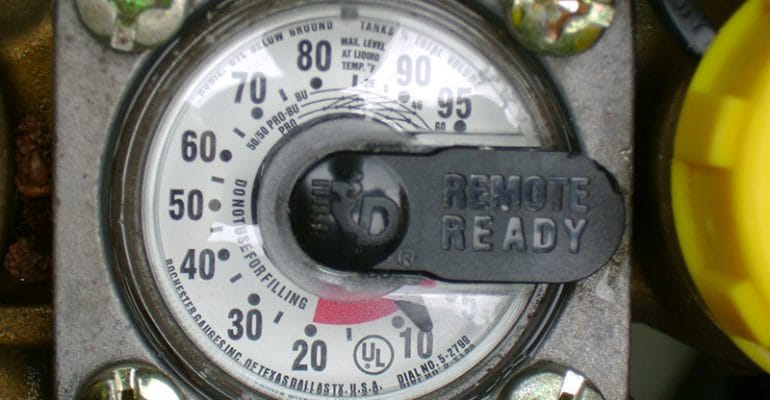
Compare Heater Fuel Efficiency: Look Beyond the BTU Chart
BTU Comparison
Given that fuel is the biggest expense associated with temporary heaters*, you probably want to make sure you get your money’s worth. Right? But, how do you determine a heater’s fuel efficiency? Is there an automobile equivalent of MPG (miles per gallon) for temporary heating units?
Some might think BTU (British Thermal Unit) is an accurate fuel-efficiency metric. Yet, BTU is only a measure of a heater’s potential—its maximum heat output. It can only tell you how much fuel a temporary heater could burn. Since heaters operate differently, BTU is not a true measure of fuel efficiency.
Heater Comparisons
As an example, let’s look at two different temporary heaters rated at 1-million BTU.
Heater A is designed to simply raise the outside air temperature by 180° F. Whatever the ambient temperature is, this temp rise heater will add 180° F to it. So, if the outside temperature is 40° F, it will produce 220° F. At 0° F, the output will be 180° F. Temp-rise units will burn a steady amount of fuel, no matter what.
Heater B, also a 1-million BTU heater, is designed differently. It will cycle on and off to maintain a discharge temperature of 225° F. In warm weather, this temp-control heater will also burn less fuel to reach 225° F. In cold weather, it will burn more. Because Heater B is not always operating at its maximum BTU rating, it burns less fuel.
As a result, a nameplate BTU rating will produce inflated estimated fuel requirements for Heater B and is not a true measure of its fuel efficiency.
In the temporary heating world, our version of MPG is cubic feet per hour (CFPH) for natural gas temporary heaters or gallons per hour (GPH) for propane temporary heaters. The less fuel you burn per hour, the better!
Here’s how it works: 1,037 cubic feet of natural gas is required to produce one BTU. Heater A is rated and runs at 1 million BTU. Simple division will determine that Heater A will burn 964 CFPH of natural gas. Heater B, on the other hand, operates at 700k BTU to maintain 225° F output. It only consumes 675 CPFH. So, not only is Heater B more efficient, it generates more heat!
Similarly, 91,333 gallons of propane are required to produce one BTU. Using the same approach, Heater B is again 30% more efficient than Heater A.

The Final Heater Comparison Results
Heater B is more efficient because its operating BTU rating is less than its maximum BTU rating. A temp-control heater will cycle through low-fire and high-fire modes to maintain 225° F output. In warm weather, it will cycle less frequently. Put another way, Heater A will regulate fuel consumption to achieve a constant 225° F. On average, this unit will burn 30% – 50% less fuel than its temp-rise relative.
In contrast, Heater A doesn’t have a temperature control feature. A temp-rise heater will run at a flat 180° F above ambient temperature. This heater will always burn fuel at its maximum BTU rating. On the one hand, this makes it easy to estimate fuel consumption. On the other hand, you risk wasting a lot of fuel!
To arrive at a more accurate estimate of a temporary heater’s fuel consumption, look beyond its maximum BTU rating. Determine the natural gas cubic feet per hour (CFPH) or propane gallon per hour (GPH) based on the heater’s design and operation.
*Learn more in our whitepaper: Use The Total Cost of Renting (TCR) Methodology to Compare the True Costs of Temporary Heaters.




